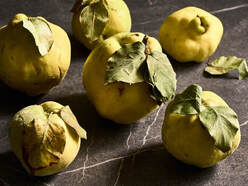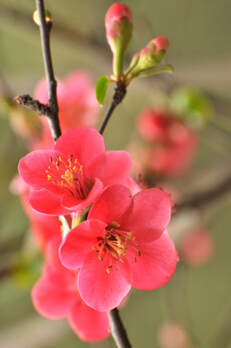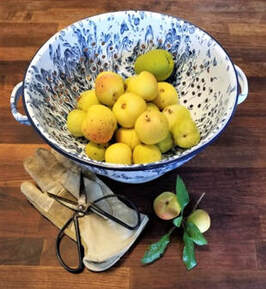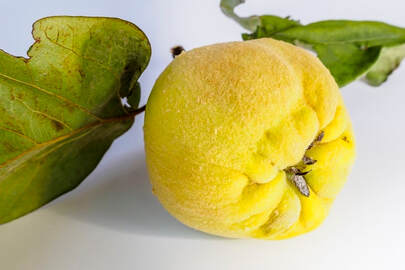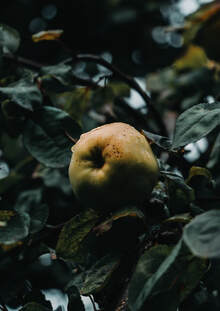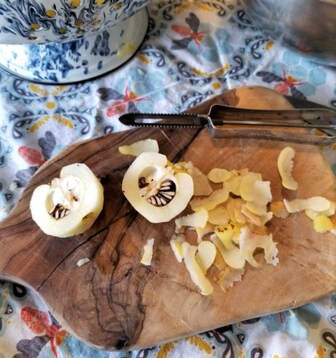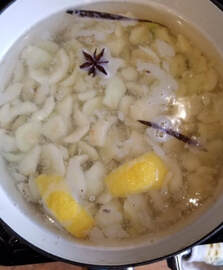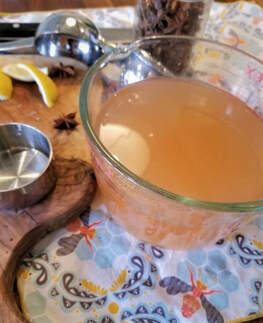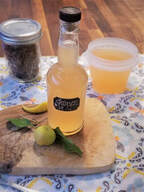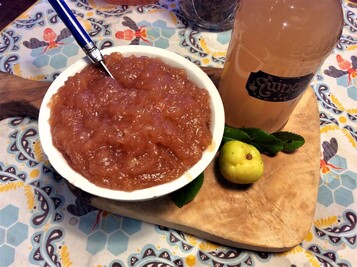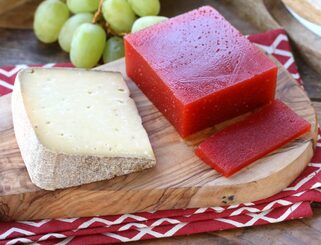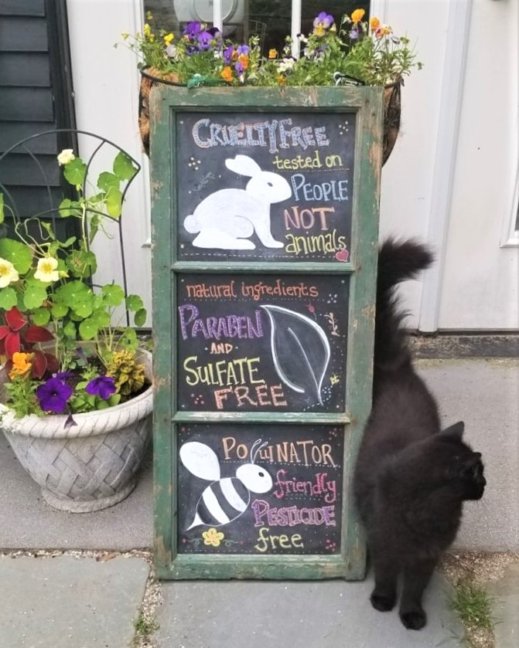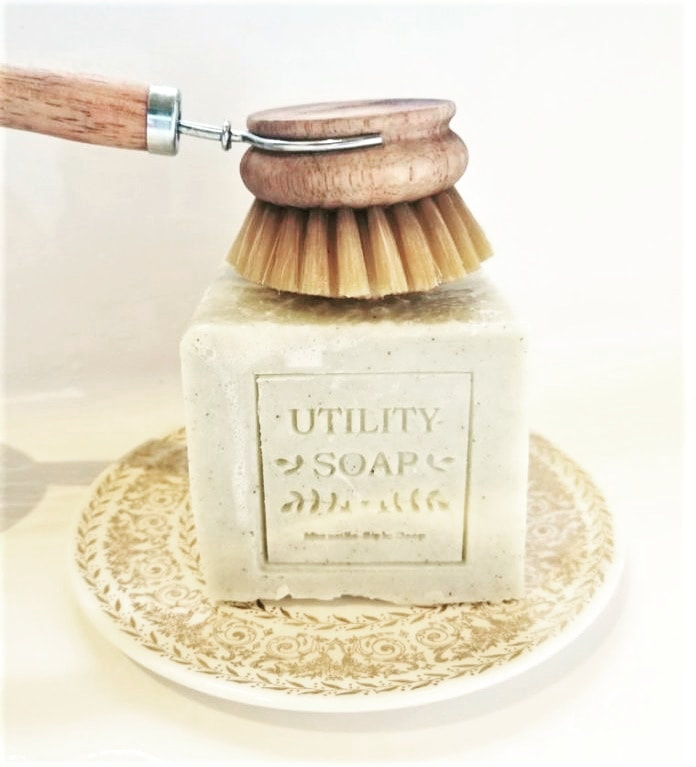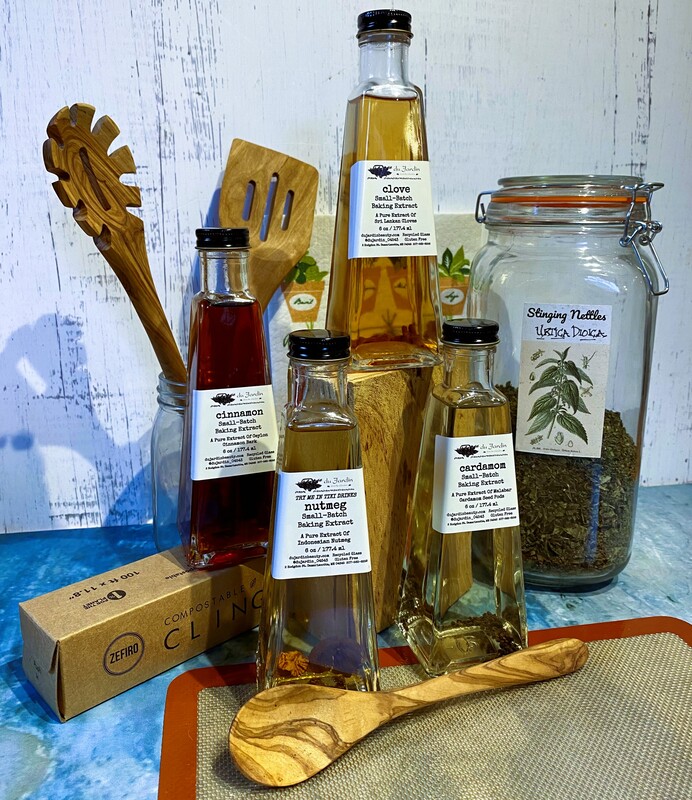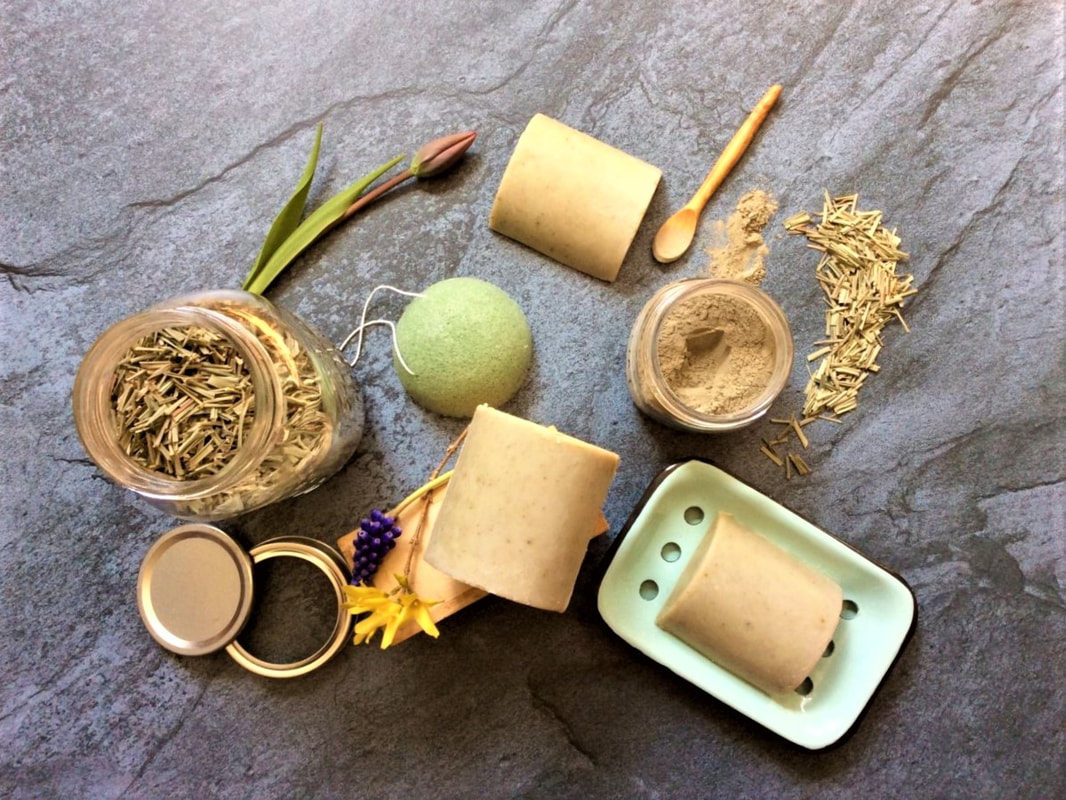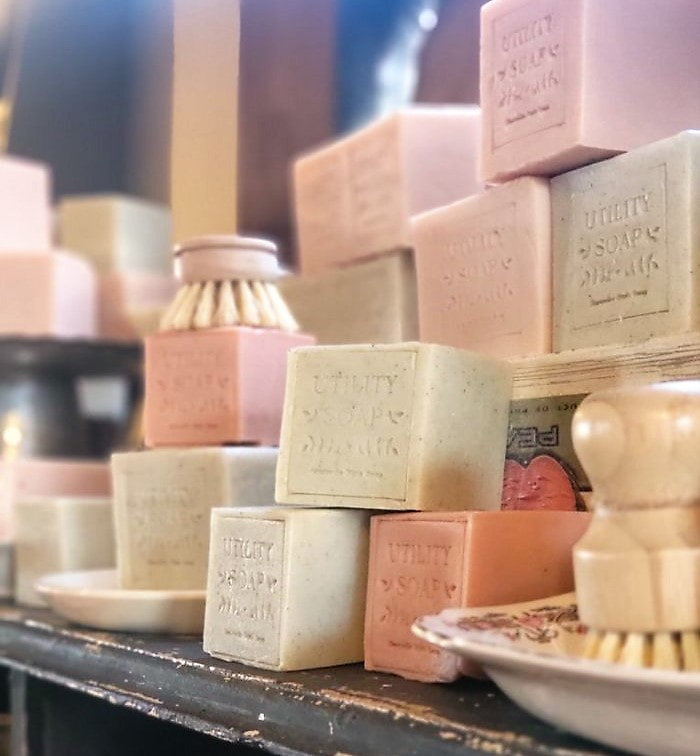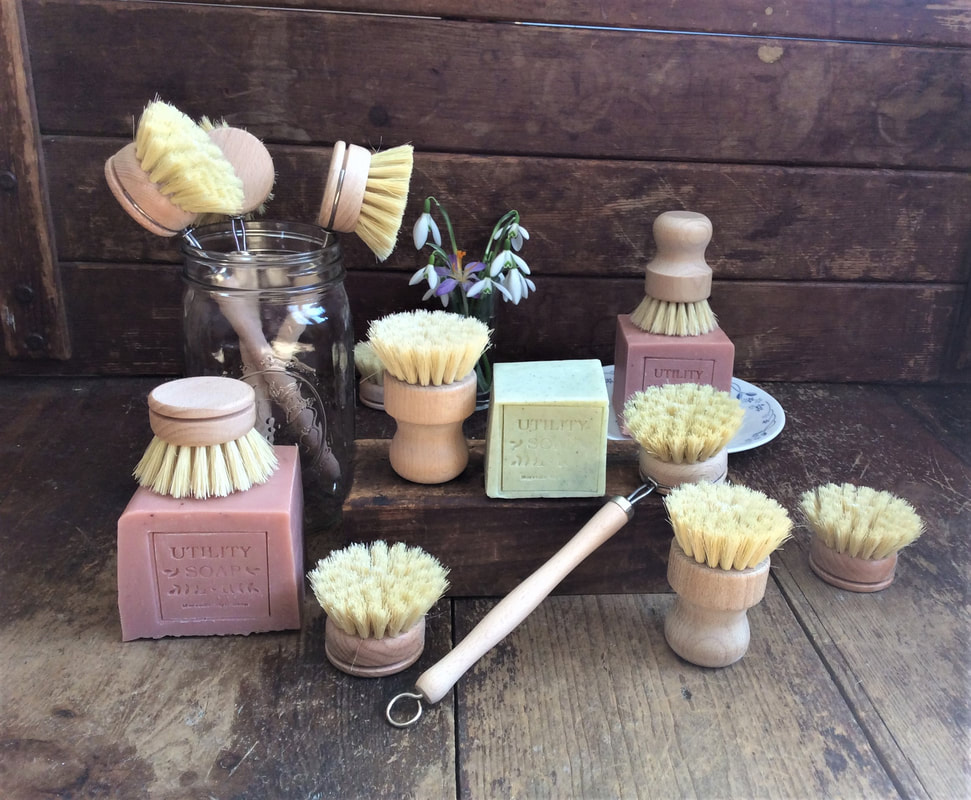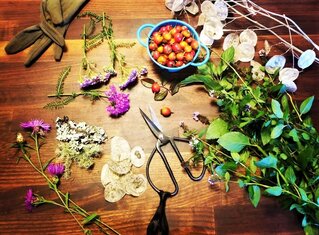Quince are wonderful in desserts & drinks, jellies & pies, & also with savory items like hard cheese & meats. Why then do we not typically see bushels of them at the grocery store? I believe it is because quince are challenging to work with. Simply put, it’s delicious, but you are going to work for it -- And it will be worth it!
While quince jelly may be the go-to recipe for most, my favorite is quince paste. [well, that & Quince Gin, but that is a recipe for another time!] Sweet Quince Paste is very popular in Italy & in Spain, where it is called membrillo, & is best served with hard cheeses such as Manchego or Parmesan Reggiano. I'll cover how to clean & poach your quince, as well as how to make this incredibly tasty fruit paste two ways. Here we go--
Take a moment to appreciate the fragrance coming off them as you work-- almost like vanilla & roses. They are hard to cut-- watch your fingers here! Cutting & coring is particularly hard if the fruit is not ripe. If you are planning to serve them simply poached, keeping them in lovely halves or quarter slices is preferred. If you will be making pie, or jelly, or quince paste with them, there is no need to be delicate about breaking them up. Do what you need to to clean ‘em. There is no rushing this step. Remember that ‘work’ I mentioned? This is it; the rest is just time. Once they are all cleaned, we are ready to poach our quince. Some people like to use honey, others sugar or a mix of the two. You will need roughly a cup of sweetener for every one pound of fruit. Some use water to poach, others champagne or Marsala wine to lovely effect. The method I am sharing is super basic in order to give me the most uses for the fruit [& liquid!] afterward. Classic Poached Quince 2 lbs quince 2 cups sugar, divided 1 ⅔ & ⅓ [⅓ is for paste to follow] 1 or 2 whole Star Anise pods ½ vanilla bean 2 wide strips lemon peel
This is a ‘rustic’ version, chunky & thicker than jelly. You can run it through a fine sieve if you like it smoother. Delicious spread on crostinis, & served with hard cheese or pork. If you are willing to go one more step, you can continue on to make the Spanish style Membrillo, which is a set-gelled paste able to be cut into shapes or thin slices. very elegant in presentation, though the flavor will not change.
There you have it! We are heading into prime quince season-- Hop on out there, pick yours & give ‘em a try! I think you will be thrilled with the results. Local readers: We will be doing an event later this month with Cupacity & I will be using quince syrup in some of the special drinks. Hope to see you there! That is all for this week-- Stay safe & don’t forget to #StopAndEatTheFlowers
0 Comments
Leave a Reply. |
Categories
All
Archives
May 2024
|
|
|
'Beautiful & responsible' Online: Ship or Pick-Up
Store Hours: Wednesday 11 am - 4 pm Thursday 11 am - 4 pm Saturday 11 am - 3 pm Damariscotta Farmers Market: May 17 - Oct 25 2024 |
207-563-6256 [email protected] © Du Jardin 2019
In the Smitten Barn - 2 Hodgdon Street - Damariscotta, Maine 04543
